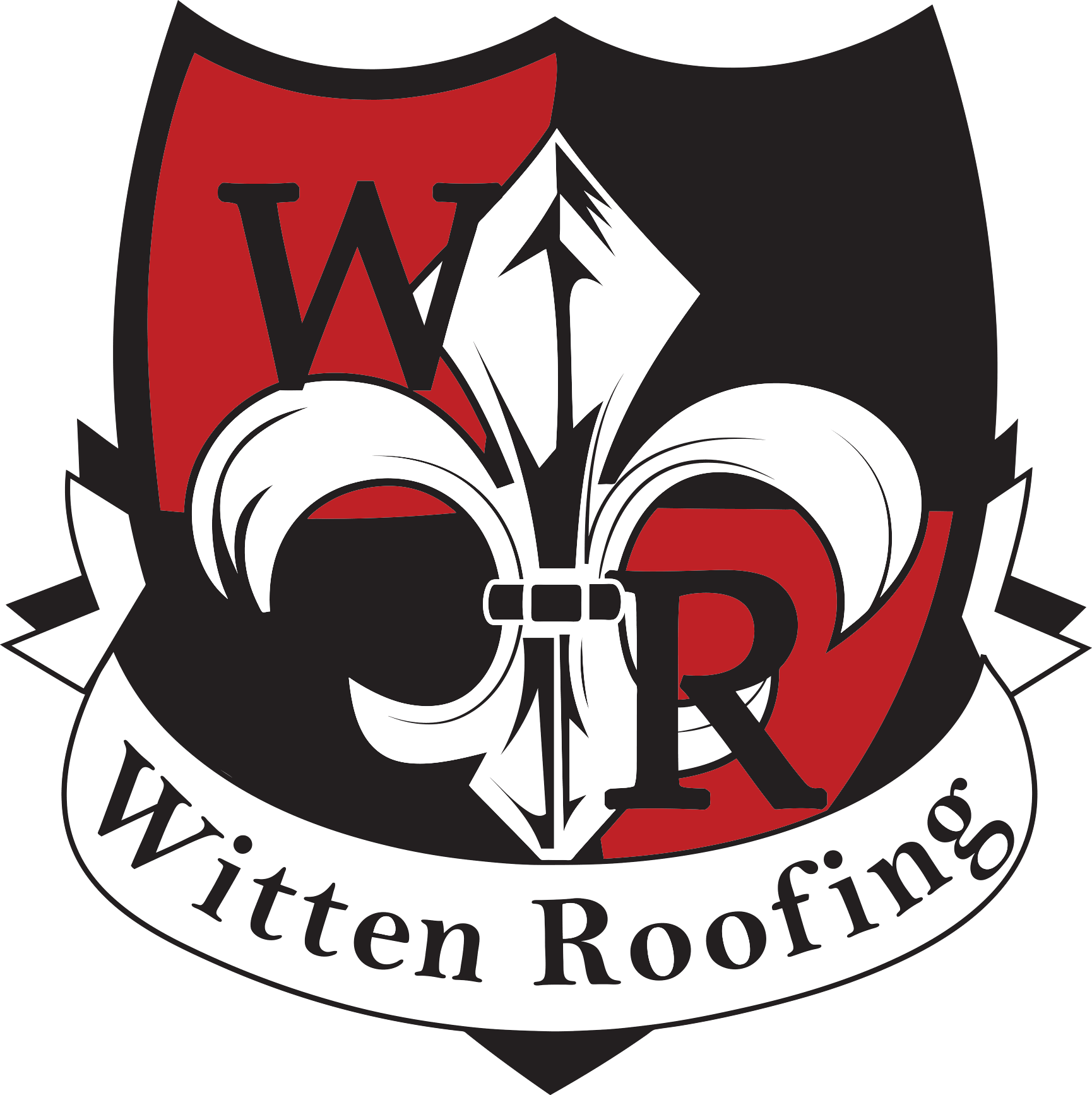When most homeowners think about their roof, they imagine shingles, flashing, and maybe even gutters. But there’s one part of a roofing system that often goes overlooked — ventilation. Proper roof ventilation is critical to the health of your roof, the comfort of your home, and the efficiency of your energy use. Without it, you could face problems like higher energy bills, mold growth, warped shingles, or even a premature roof replacement.
In this article, we’ll break down what roof ventilation is, why it matters, the different types available, and how it directly impacts the lifespan of your roofing system.
What Is Roof Ventilation?
Roof ventilation is the system that allows air to flow through your attic and roof space. The main goal is to create a balanced airflow — letting cooler, fresh air in while pushing warm, moist air out.
Without ventilation, your attic becomes a trap for heat and humidity. During summer, this can feel like an oven; in winter, it can lead to condensation and moisture buildup. Both extremes shorten your roof’s life and create expensive problems inside your home.
Why Roof Ventilation Matters
A properly ventilated roof system does more than regulate temperature — it protects your entire home. Here’s why it matters:
1. Prevents Heat Damage
In summer, attic temperatures can climb to 150°F or more. That heat transfers downward, making your AC work harder and warping shingles from underneath. Proper ventilation releases trapped hot air, protecting both your roof materials and your cooling system.
2. Reduces Moisture & Mold Growth
In cooler months, warm air from your home rises and can condense in the attic. This moisture can rot wood, rust nails, and promote mold growth. Ventilation keeps airflow steady, reducing condensation and moisture-related damage.
3. Improves Energy Efficiency
A poorly ventilated attic makes it harder to keep your home cool in summer or warm in winter. Balanced airflow helps regulate temperatures naturally, lowering energy bills and reducing strain on your HVAC system.
4. Extends Roof Lifespan
Shingles that are constantly exposed to trapped heat and moisture age faster. Proper ventilation relieves that pressure, keeping your roofing materials intact for longer.
Types of Roof Ventilation Systems
Not all ventilation systems are created equal. The right setup depends on your roof design, local climate, and home’s size. Here are the most common types:
Intake Vents (Let Fresh Air In)
- Soffit Vents – Installed under the roof’s eaves, soffit vents pull cool, fresh air into the attic.
- Over-Fascia Vents – Used where soffits aren’t present, they allow airflow between the roof deck and fascia.
Exhaust Vents (Let Hot Air Out)
- Ridge Vents – Installed along the peak of the roof, they provide continuous airflow and are one of the most efficient venting methods.
- Box Vents – Square-shaped vents that let hot air escape from specific points on the roof.
- Gable Vents – Installed on gable ends of the roof, allowing cross-breeze ventilation.
- Powered Vents – Fans that actively push hot air out (can be solar or electric).
- The key is balance — equal intake and exhaust vents. Without balance, ventilation is either ineffective or may even cause damage by drawing conditioned air out of your home.
Signs of Poor Roof Ventilation
Many homeowners don’t realize they have ventilation issues until the damage is done. Here are warning signs to look out for:
- High Energy Bills – Your AC or heater seems to run constantly.
- Hot Upstairs or Attic – Feels like a sauna in summer.
- Ice Dams in Winter – Melting snow refreezes at roof edges, caused by trapped attic heat.
- Musty Odors – Possible mold or mildew in the attic.
- Shingle Problems – Curling, cracking, or premature aging.
- Condensation – Water stains or damp insulation in the attic.
If you notice these, it may be time to have a roofing professional inspect your attic ventilation system.
How Proper Ventilation Extends Roof Life
Here’s how good ventilation translates into more years for your roof:
- Reduces Thermal Shock – Prevents shingles from expanding/contracting excessively with extreme temperature changes.
- Prevents Structural Damage – Stops wood rot, mold, and rust from spreading.
- Protects Your Warranty – Many roofing manufacturers require proper ventilation for warranty coverage.
- Minimizes Repairs – With stable temperatures and moisture control, you’ll face fewer leaks and material failures.
When ventilation is designed correctly, a roof can last 5–10 years longer than one without it.
Need an Inspection?
If you’re not sure whether your attic or roof is properly ventilated, the best step is to have a professional inspection. At Witten Roofing, our team carefully evaluates your ventilation system as part of our free inspection process. We’ll let you know if your attic is properly balanced or if upgrades could extend the life of your roof.
Scheduling is easy — you can book a free inspection online in minutes and get peace of mind knowing your home is protected.
FAQs About Roof Ventilation
Q: How do I know if my roof is properly ventilated?
A: The easiest way is through an attic inspection. Look for even temperatures throughout the attic, no signs of condensation, and check that intake and exhaust vents are balanced.
Q: How much ventilation does my attic need?
A: The general rule is 1 square foot of ventilation for every 300 square feet of attic space (balanced between intake and exhaust).
Q: Can poor ventilation void my roof warranty?
A: Yes. Many manufacturers specify that improper ventilation can void material warranties because it leads to premature damage.
Q: Do I need powered vents if I already have ridge and soffit vents?
A: Not usually. Ridge and soffit vents together often provide enough airflow. Powered vents are typically recommended only for complex roof structures or in very hot climates.
Q: Will better ventilation lower my energy bills?
A: Absolutely. By reducing heat buildup in summer and moisture in winter, ventilation makes your HVAC system work more efficiently, lowering energy costs.
Q: Can roof ventilation help with ice dams?
A: Yes. Proper airflow keeps attic temperatures even, preventing snow from melting unevenly and refreezing along roof edges.




